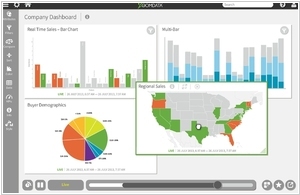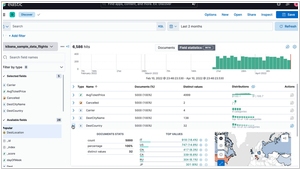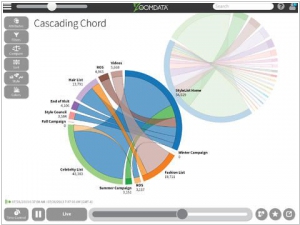Kibana vs Zoomdata
July 27, 2023 | Author: Michael Stromann
Kibana and Zoomdata are both data visualization tools, but they differ significantly in their scope and capabilities. Kibana is an integral part of the Elastic Stack, designed to work seamlessly with Elasticsearch for log management and analytics. It excels in visualizing and exploring large volumes of log and time-series data, offering a wide array of interactive charts, dashboards, and search functionalities. On the other hand, Zoomdata is a comprehensive business intelligence and data visualization platform that supports various data sources, including relational databases, big data systems, and cloud data sources. Its strength lies in its ability to handle diverse and complex datasets, providing real-time insights and interactive visualizations to facilitate data-driven decision-making across the organization.
See also: Top 10 Business Intelligence software
See also: Top 10 Business Intelligence software
Kibana vs Zoomdata in our news:
2014. Zoomdata wants to disrupt Business Intelligence market

The highly competitive Business Intelligence (BI) market has seen a disruptor emerge with Zoomdata securing $17 million in Series B funding to drive its mission forward. In contrast to BI competitors like Tableau and Qlik, which originated from the realm of SQL and data warehouses, Zoomdata takes a more contemporary approach to modern data analytics. Built specifically to handle today's platforms such as Hadoop, Spark, and NoSQL, Zoomdata sets itself apart by being designed from the ground up with these technologies in mind. One standout feature of Zoomdata is its ability to stream data in a manner akin to video playback, enabling users to navigate back and forth in time, much like scrubbing a video. This unique capability proves invaluable when working with data, as it allows users to observe the transformation of graphs and visualizations over time, providing crucial insights into evolving trends and patterns. With its innovative approach and powerful features, Zoomdata aims to reshape the BI landscape and deliver cutting-edge analytics solutions.




